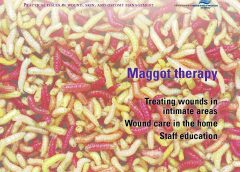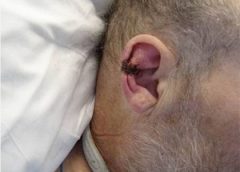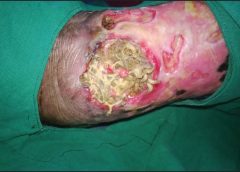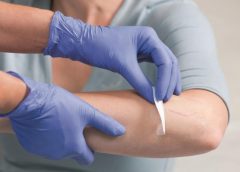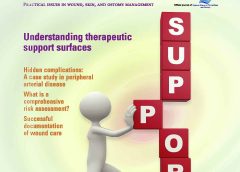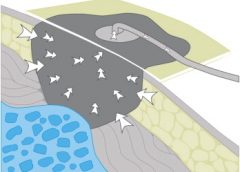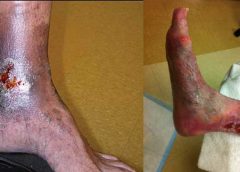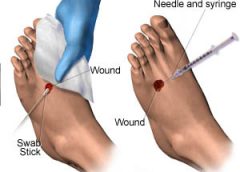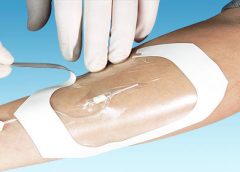By Debra Clair, PhD, APRN, WOCN, WCC, DWC
Providing wound care requires a great deal of knowledge and skill. To become a wound care nurse entails taking classes, gaining and maintaining certifications, and acquiring on-the-job experience. But despite your education, knowledge, skills, and certifications, you may encounter problems when wound care requires you to touch the patient in a sensitive or embarrassing area. Touching the patient in these areas is called intimate touch. (more…)
Read More
